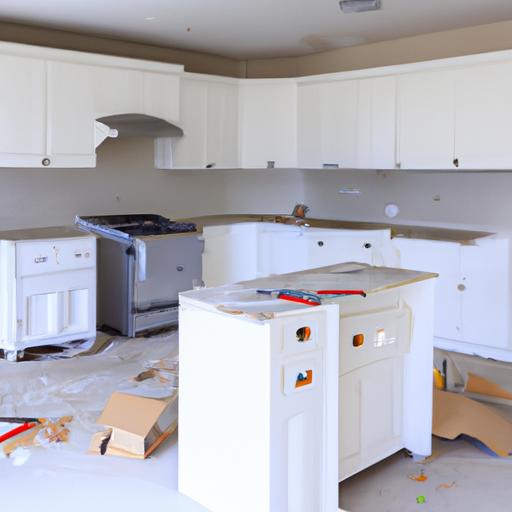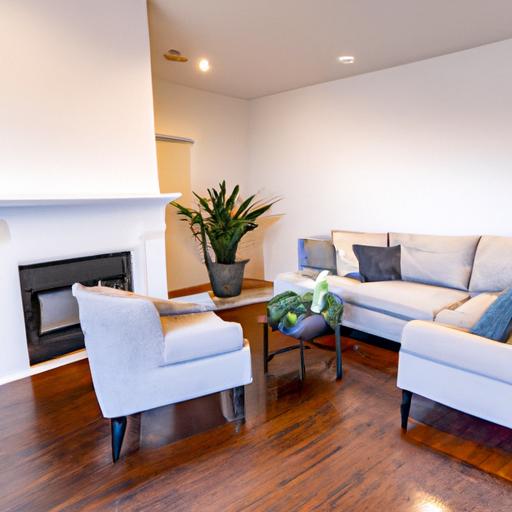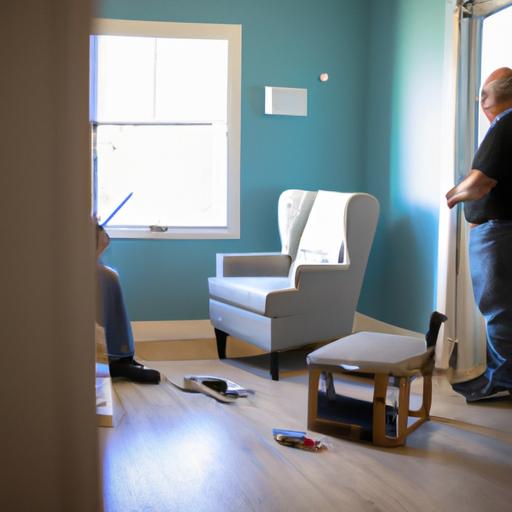The Ultimate Guide to Finding the Best Home Improvement Loan Rate
Introduction
Are you considering embarking on a home renovation project but unsure about how to finance it? Home improvement loans could be the answer you’re looking for. These specialized loans are designed to help homeowners fund renovations, repairs, or upgrades to their properties. However, with a plethora of loan options available in the market, finding the best home improvement loan rate is crucial for ensuring affordability and minimizing financial strain.
Understanding the intricacies of home improvement loan rates is essential before diving into the world of borrowing. By grasping the factors that influence loan rates and the various types of rates offered by lenders, you can make informed decisions that align with your financial goals. So, let’s delve deeper into the realm of home improvement financing and unravel the significance of securing the best loan rate for your project.
Understanding Home Improvement Loan Rates
Factors that Affect Loan Rates
When it comes to home improvement loan rates, several key factors come into play. Lenders consider aspects such as your credit score, income level, and debt-to-income ratio when determining the interest rate you qualify for. A higher credit score typically translates to a lower interest rate, as it signals to lenders that you are a reliable borrower. Additionally, your income and debt obligations impact the risk associated with lending to you, influencing the rate offered.
Other factors that can affect loan rates include the loan amount and term. Generally, larger loan amounts may come with lower interest rates, while longer loan terms can result in higher rates due to increased risk for the lender. By understanding these factors, you can assess your financial situation and work towards securing a favorable home improvement loan rate.
Types of Loan Rates Available
When exploring home improvement financing options, you may encounter different types of loan rates. Fixed-rate loans feature a consistent interest rate throughout the loan term, providing stability in monthly payments. On the other hand, variable-rate loans, also known as adjustable-rate loans, have interest rates that can fluctuate based on market conditions. These loans may offer lower initial rates but carry the risk of rates increasing over time. Understanding the pros and cons of each type of loan rate is essential for making an informed borrowing decision tailored to your needs and financial circumstances.
How to Find the Best Home Improvement Loan Rate
Researching and Comparing Rates from Different Lenders
When embarking on your quest to find the best home improvement loan rate, thorough research is key. Start by exploring the offerings of various lenders, including banks, credit unions, and online lenders. Compare interest rates, loan terms, and repayment options to identify the most competitive rates available. Utilize online comparison tools or consult with financial advisors to streamline your research process and make well-informed decisions.
Tips for Negotiating a Lower Rate
Don’t be afraid to negotiate with lenders to secure a lower home improvement loan rate. Presenting a strong credit history, stable income, and a solid repayment plan can strengthen your bargaining position. Additionally, consider leveraging competing offers from different lenders to negotiate a more favorable rate. Remember, lenders are often willing to negotiate terms to attract reliable borrowers, so don’t hesitate to advocate for yourself and strive for the best possible rate.
Considering Additional Fees and Charges
In your pursuit of the best home improvement loan rate, it’s crucial to look beyond the interest rate and consider any additional fees and charges associated with the loan. These fees may include origination fees, closing costs, and prepayment penalties, which can significantly impact the overall cost of borrowing. Factor in these expenses when comparing loan offers to ensure you’re selecting a loan that aligns with your financial objectives and minimizes out-of-pocket expenses.
Factors to Consider When Choosing a Home Improvement Loan
Loan Terms and Repayment Options
When evaluating home improvement loan options, it’s crucial to pay close attention to the loan terms and repayment options offered by lenders. The loan term refers to the duration over which you’ll be repaying the borrowed funds, typically ranging from a few months to several years. Longer loan terms may result in lower monthly payments but could also lead to higher overall interest costs. Compare the repayment schedules and choose a loan term that aligns with your financial capabilities and project timeline.
Collateral Requirements
Some home improvement loans may require collateral to secure the borrowed funds. Collateral is an asset that you pledge to the lender in case you default on the loan. Common types of collateral include the property being renovated or other valuable assets. Understanding the collateral requirements of a loan is essential, as it can impact the loan amount, interest rate, and overall risk involved in borrowing. Be aware of the potential consequences of defaulting on a loan with collateral and ensure you’re comfortable with the risk involved.
Eligibility Criteria
Before applying for a home improvement loan, familiarize yourself with the eligibility criteria set by lenders. Lenders typically consider factors such as credit score, income, employment status, and debt-to-income ratio when assessing loan applications. Meeting the eligibility requirements is crucial for securing approval and favorable loan terms. If you fall short of certain criteria, consider ways to strengthen your financial profile before applying for a loan to increase your chances of approval and secure a competitive rate.
Top Lenders Offering the Best Home Improvement Loan Rates
List of Reputable Lenders
When searching for the best home improvement loan rates, it’s crucial to consider reputable lenders known for their competitive offerings. Some top lenders in the market include:
- XYZ Bank
- ABC Credit Union
- 123 Mortgage Company
- Home Improvement Loans Inc.
- RenovateNow Finance
Comparison of Rates and Terms
Each lender may have unique rates and terms for their home improvement loans. It’s essential to compare the interest rates, repayment periods, and any additional fees or charges associated with the loan. By carefully evaluating these factors, you can choose the lender that best aligns with your financial needs and goals.
Conclusion
In conclusion, finding the best home improvement loan rate is a crucial step in ensuring that your renovation project is not only successful but also financially feasible. By understanding the factors that influence loan rates, comparing offers from different lenders, and considering additional fees and charges, you can make informed decisions that align with your budget and needs.
Remember, the key to securing the best home improvement loan rate lies in thorough research, negotiation skills, and a clear understanding of your financial situation. With the right approach and a bit of diligence, you can embark on your home improvement journey with confidence, knowing that you’ve secured a favorable loan rate that works for you. So, take the first step towards enhancing your home today and make your renovation dreams a reality!




